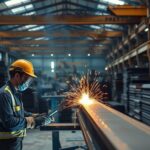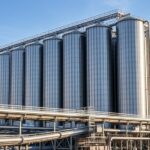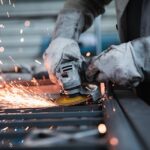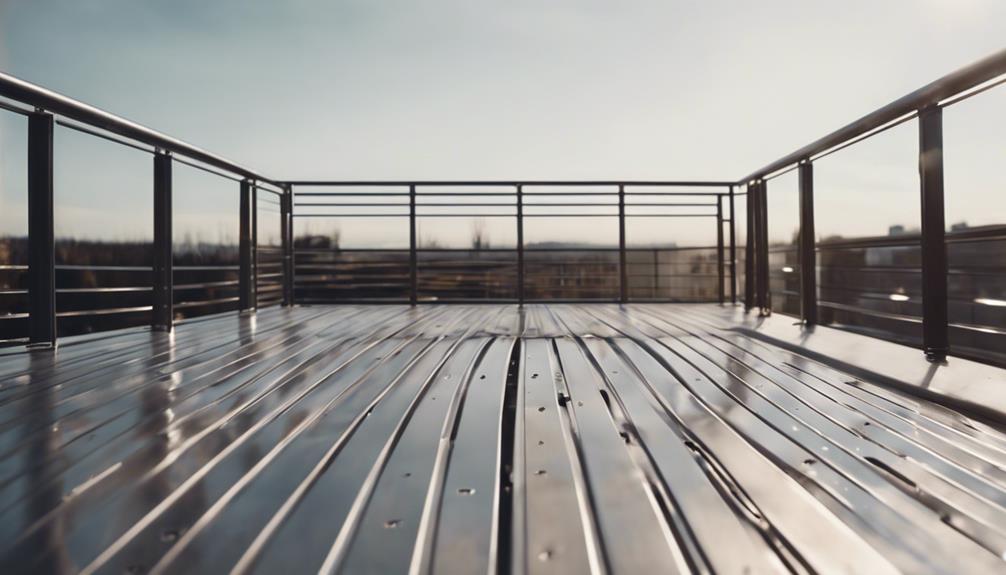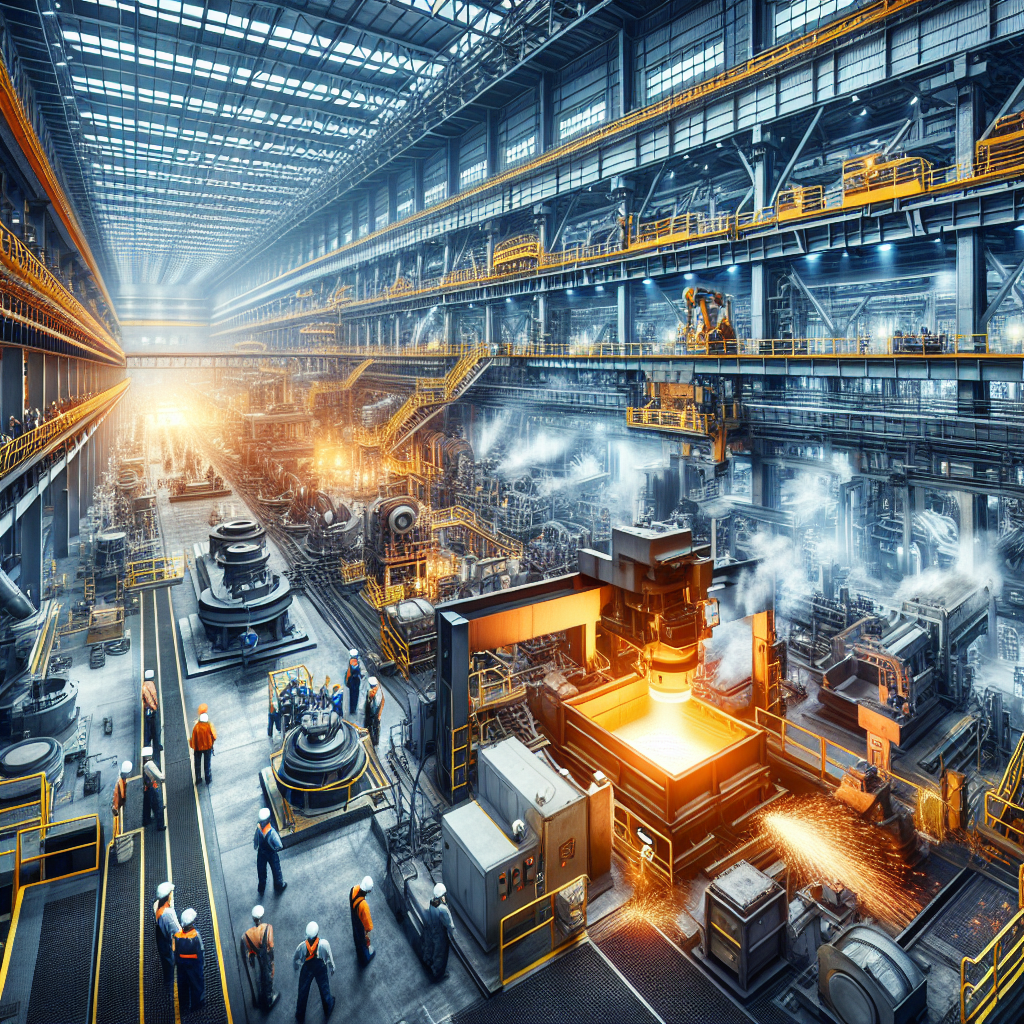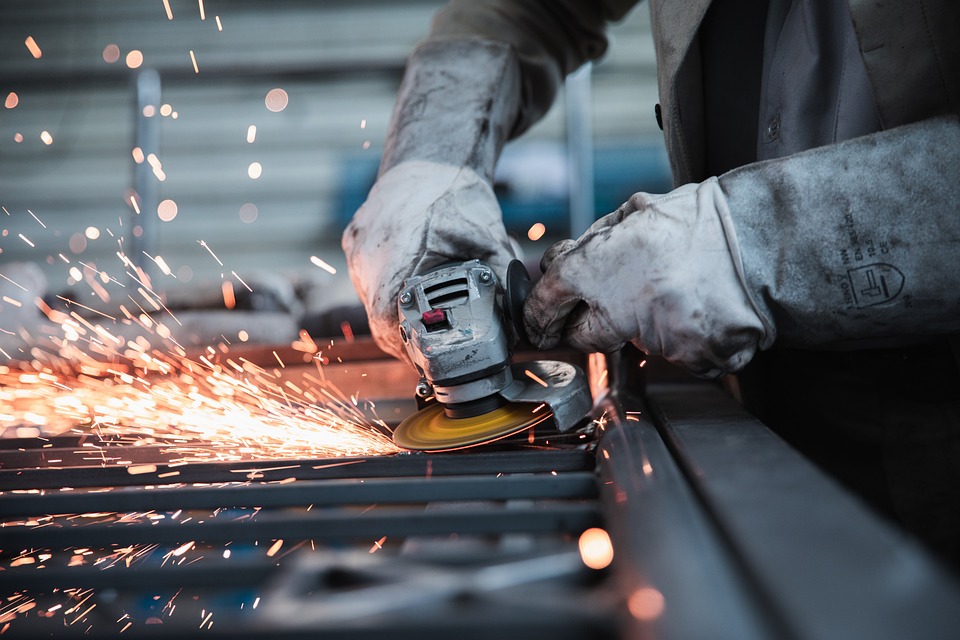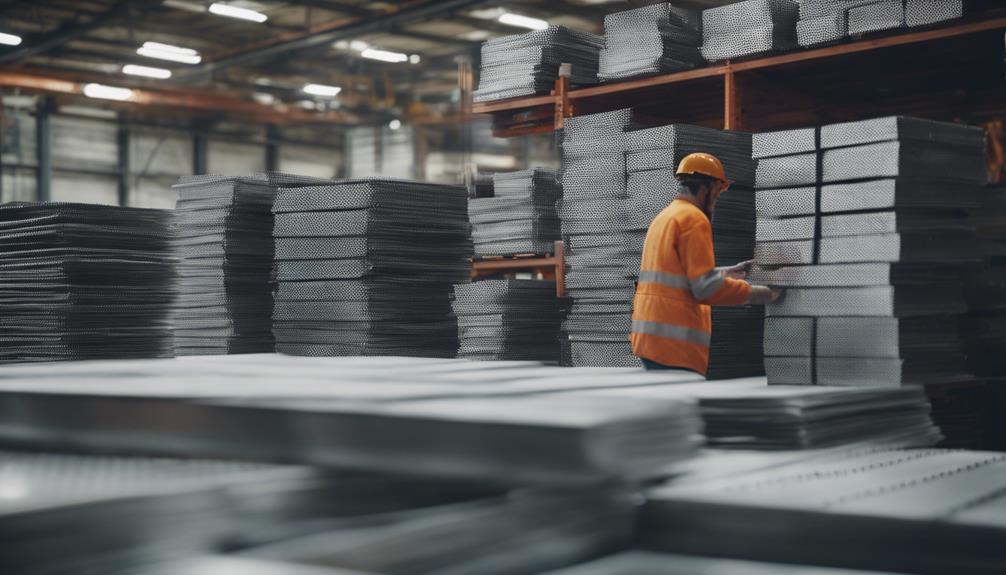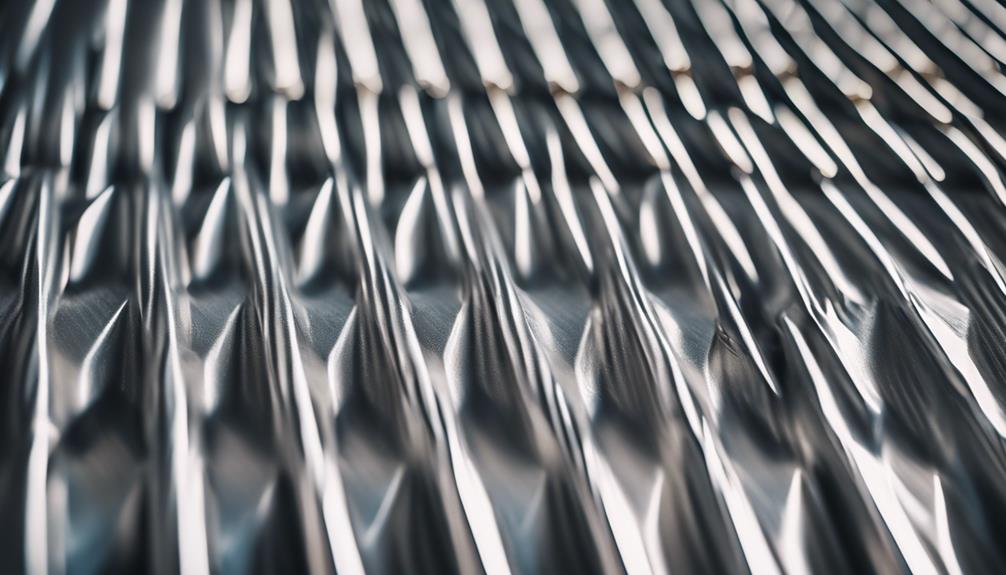Metal decking provides structural support for various construction needs with profiles like roof, floor, and steel form decking, each serving unique purposes. Steel decking is known for its high performance, cost-effectiveness, quick installation process, and adherence to industry standards, making it a preferred choice for durable structural solutions. Different types of applications cater to specific construction requirements, with steel roof decks, composite floor decks, and non-composite decking being popular choices. Understanding steel deck gauges, selecting the right accessories, considering acoustic and cellular decking features, ensuring fire safety, and choosing the appropriate finish are essential aspects to maximize the benefits of metal decking. Its versatility and strength make it an essential component in construction projects.
Key Takeaways
- Steel decking offers high strength for structural support.
- Quick installation reduces construction time.
- Various decking profiles cater to specific construction needs.
- Steel decking ensures durability and reliability.
- Different finishes available for corrosion resistance and aesthetics.
Metal Decking Profiles Overview
Metal Decking Profiles encompass a range of specialized profiles designed for distinct applications within construction projects. These profiles include roof decking, floor decking, steel form decking, Punchlok II system, and Dovetail Decking. Roof Decking plays a vital role in providing wide support for insulation and roofing materials, effectively transferring loads into the building frame. Floor Decking, on the other hand, supports structural concrete with embossments that enhance bonding during the curing process. Steel Form Decking is specifically utilized for supporting concrete slabs during their curing stages. The Punchlok II system stands out for offering higher diaphragm shear values, contributing to increased structural strength in various construction applications involving metal decking and structural steel elements.
Benefits of Steel Decking
Steel decking offers a range of advantages that contribute to its widespread use in construction projects, including its high performance and cost-effectiveness compared to alternative materials. The high strength to weight ratio of steel decking makes it an efficient and cost-effective choice for structural applications. Specifying steel decking can lead to lower total costs of ownership and greatly reduce construction delays due to its quick installation process. Additionally, steel decking conforms to industry standards established by the Steel Deck Institute (SDI) and American Iron and Steel Institute (ANSI/SDI), ensuring reliability, quality, and safety of the products. These benefits make steel decking a preferred choice for many construction projects requiring durable and reliable structural solutions.
Types of Decking Applications
Types of decking applications play a pivotal role in various construction projects by providing structural support and enhancing the durability and efficiency of the overall structure. Steel roof decks are commonly used to provide a base for roofing membranes in commercial roof construction. Composite floor decks, designed with a ribbed profile, interlock with concrete slabs to increase strength during the curing process. These composite decks adhere to SDI standards, ensuring quality and safety. Additionally, non-composite decking acts as a formwork for poured concrete slabs, simplifying construction processes. For commercial applications, composite metal floor decking is a popular choice due to its durability and efficiency in supporting concrete floors.
Understanding Steel Deck Gauges
In construction projects involving metal decking, an essential aspect to comprehend is the significance of understanding steel deck gauges. Steel deck gauges, ranging from 22 to 18 gauge, directly impact the deck's load-bearing capacity and structural integrity. Thicker gauges are utilized for projects with higher load requirements, while lighter gauges are suitable for lighter loads. The cost of steel decking increases with heavier gauges due to the higher steel content. Galvanized G-60 is the standard finish for steel decks, offering corrosion resistance, with Galvanized G-90 being preferred for exterior applications. Proper gauge selection is vital to make sure that the metal deck meets the project's design requirements and performance expectations.
Importance of Metal Deck Accessories
When considering metal decking in construction projects, one key aspect that greatly enhances functionality and performance is the utilization of metal deck accessories. These essential components, such as closures, screws, hanger tabs, and end closures, play an important role in providing structural support and aiding in the installation process of metal roof decks. Hanger tabs ensure ceiling support, maintaining stability and alignment, while end closures and pour stop accessories secure edges and prevent concrete leakage during pouring. By working seamlessly with metal decking systems, these accessories contribute to the overall strength and integrity of the structure. It is important to choose high-quality deck products to guarantee the durability and longevity of the structural metal components.
Acoustic and Cellular Decking Features
Metal decking incorporates innovative features such as acoustic and cellular decking to enhance structural performance and functionality in commercial and residential construction projects. Acoustic decking is designed to reduce sound transmission through floors and ceilings in commercial buildings, making it ideal for noise-sensitive spaces like offices and residential buildings. On the other hand, cellular decking utilizes honeycomb patterns to increase strength and load-bearing capacity, providing excellent insulation properties that enhance energy efficiency in structures. Both acoustic and cellular decking options offer versatile solutions for various construction requirements, ensuring improved acoustic performance, enhanced load-bearing capacity, and increased energy efficiency in roof decking applications.
Fire Safety and Metal Decking
To enhance the safety and fire resistance of structures, metal decking serves as a non-combustible building material that effectively mitigates the risk of fire spread within buildings. Steel deck systems are designed to meet or exceed industry standards for fire safety, with fire ratings that attest to their ability to contain and impede the spread of fires. The thickness of the steel used in metal decking contributes to its fire-resistant properties, providing a sturdy barrier that helps prevent the escalation of fires. Additionally, applying primer paint or fire-resistant coatings further enhances the fire safety attributes of metal decking, making it a reliable choice for structures where fire safety is a priority.
Choosing the Right Metal Deck Finish
Selecting the appropriate metal deck finish is a critical decision in guaranteeing the longevity, performance, and overall appearance of the structure. When choosing a finish for metal decking, factors such as atmospheric conditions, project requirements, and environmental considerations play a significant role. Galvanized G-60 is the standard finish, offering corrosion resistance, while Galvanized G-90 is recommended for exterior applications to enhance durability. Provisional Temporary Coating (PTD) is available for specific temporary protection needs. Different finish options are tailored to suit various environmental conditions. It is crucial to select the right finish for Form Deck or composite deck installations to ensure peak performance. Some suppliers may offer next day delivery for urgent project requirements.
Frequently Asked Questions
Is a Metal Deck Cheaper Than Wood?
In evaluating cost-effectiveness between metal and wood decks, metal decking may initially entail higher expenses compared to wood. However, over time, metal decks can prove more economical due to their durability, longevity, and reduced maintenance requirements.
What Is Metal Decking Used For?
Metal decking is a versatile structural element commonly utilized in commercial roof construction, as support for roofing membranes, and to support concrete floors during the curing process. It can also be integrated into composite floor systems.
How Far Can You Span Metal Decking?
The span of metal decking can vary based on factors like gauge, profile, and load requirements. Guidelines from the Steel Deck Institute provide maximum spans, typically ranging from 4 to over 10 feet, with thicker gauges and deeper profiles allowing for longer spans and increased load capacities.
Does Metal Deck Need to Be Fireproofed?
Fireproofing requirements are dictated by the material's inherent fire resistance. Understanding the specific fire safety properties of metal decking is vital in determining whether additional fireproofing measures are necessary for the structure.
